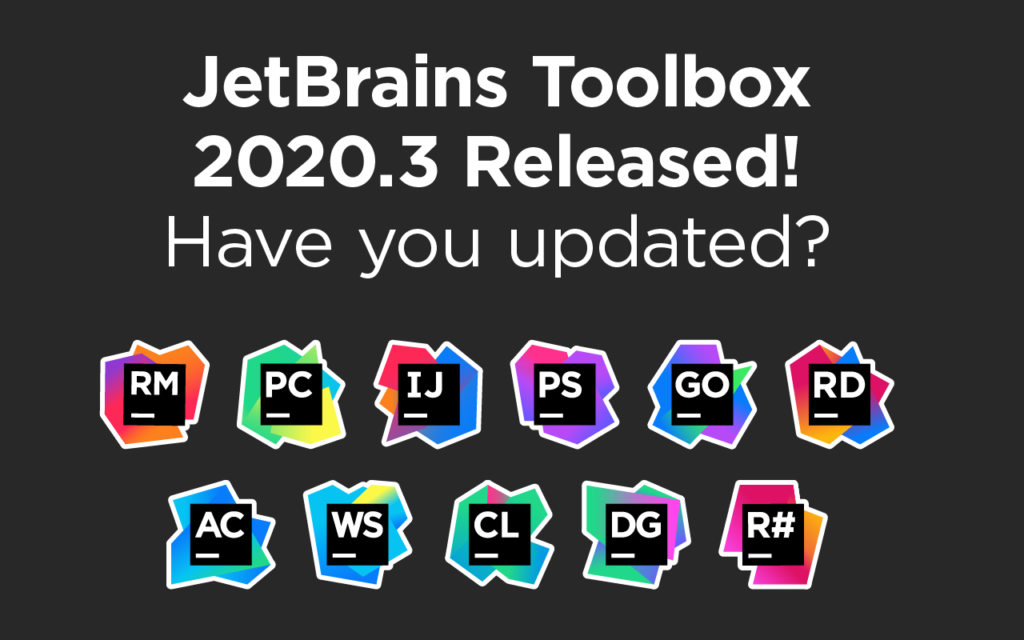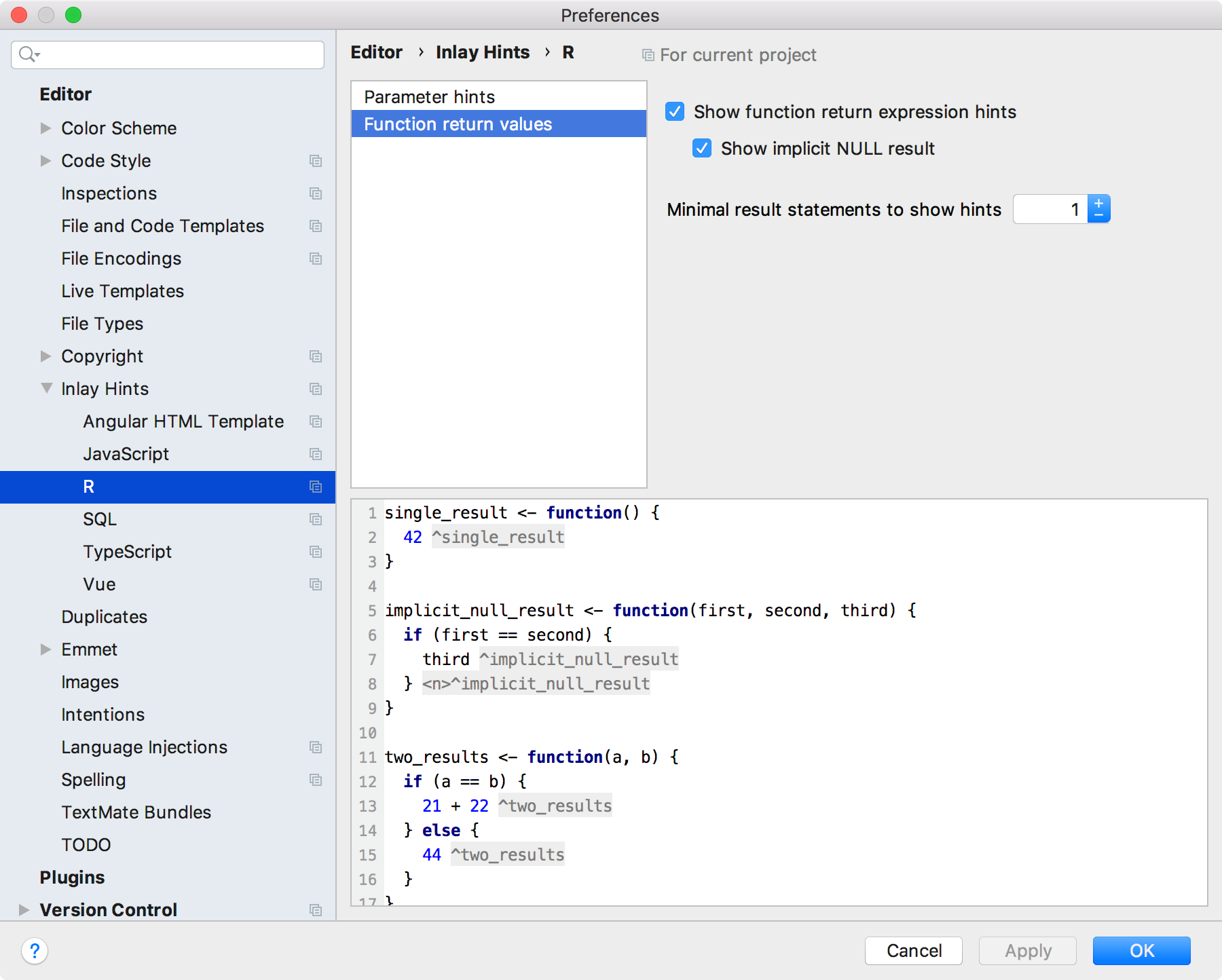
Let’s look at the new features in detail. Useful metadata about variables in Jupyter notebooks can also be displayed inline, allowing you to check the size of NumPy arrays or the contents of pandas DataFrames at a glance.

Working with DataFrames in notebooks got a lot easier with new options for exporting, viewing, and sorting. Keeping track of important changes to your code is simple with Local History, which creates automatic checkpoints and allows you to revert back to earlier states with the click of a button.

Harnessing cloud resources is straightforward with the ability to configure remote interpreters using SSH and debug notebooks running on Jupyter servers. With DataSpell 2022.3, DataSpell celebrates its first birthday! This release introduces some highly requested features that make working on your data science projects a breeze, whether you’re developing locally or on a remote machine.


 0 kommentar(er)
0 kommentar(er)
